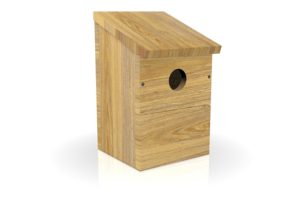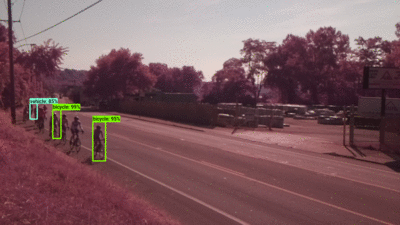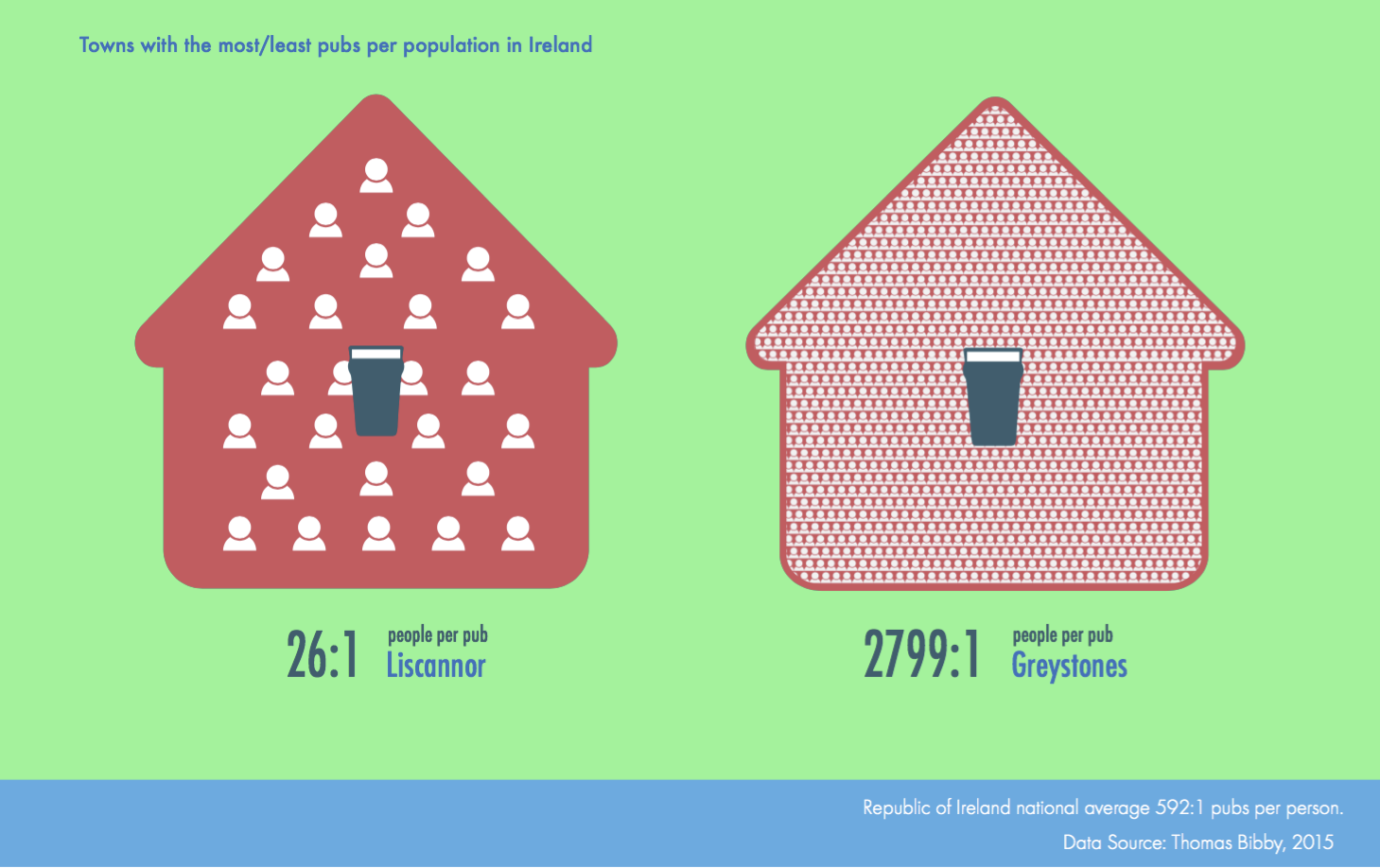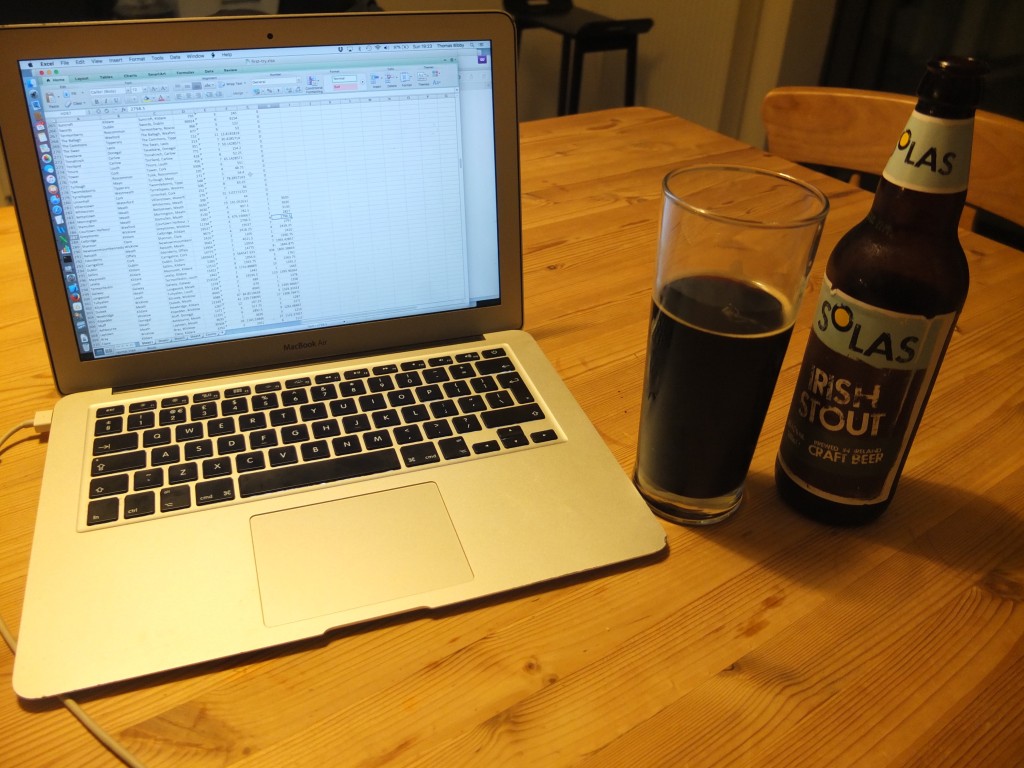Summary: to stay within our carbon budgets, we may need to reduce electricity emissions by as much as 16% a year, transport emissions by 9% a year, and agriculture emissions by 5% a year between 2022 and 2025 to stay within our first carbon budget. There are quite a few caveats with this data, primarily relating to LULUCF (Land Use, Land Use Change, and Forestry) emissions, detailed at the end of the post, and it is possible I have underestimated the first carbon budget by 6.5 Mt and the second carbon budget by 9.3 Mt, due to the changes in the baseline for LULUCF emissions. However I think it’s important to discuss possible emissions trajectories as early as possible in the carbon budget period if we are to be successful in staying within that budget.
On Thursday 28th July, the government announced sectoral emissions targets for 2030. Essentially these are the emissions each sector will need to emit in 2030 if we are to stay within the two carbon budgets to 2030 adopted by the Oireachtas.
Although the 2025 targets (end of the first carbon budget period) and the actual sectoral emissions ceilings were not announced last week, enough information was provided to enable a prediction of what the 2025 targets will be and how much we will need to reduce emissions in each sector each year.
Here’s the summary table for the period of the first carbon budget 2021-2025 (which we’re already in the middle of)
2025 targets
| Sector | 2021 | 2025 target | % reduction 2022-5 (4 yrs) | Annual % reduction 22-25 (4 yrs) |
|---|---|---|---|---|
| Electricity | 10.27 | 5.3 | 48% | 16% |
| Transport | 10.91 | 7.5 | 31% | 9% |
| Non res bldgs | 1.48 | 1.2 | 21% | 6% |
| Res bldgs | 7.04 | 5.0 | 29% | 9% |
| Industry | 7.05 | 5.0 | 30% | 9% |
| Agri | 23.10 | 19.1 | 17% | 5% |
| Other | 1.67 | 1.2 | 26% | 8% |
| LULUCF* | 7.77 | 4.4 | 43% | 14% |
| Other savings | ||||
| Total | 69.29 | 48.7 | 30% | 9% |
And here’s the second carbon budget period 2026-2030.
2030 targets
| Sector | 2025 Mt CO2e | 2030 target | % reduction 2025-30 (5 yrs) | Annual % reduction 2026-30 (5yrs) |
|---|---|---|---|---|
| Electricity | 5.3 | 3 | 44% | 12% |
| Transport | 7.5 | 6 | 20% | 5% |
| Non res bldgs | 1.2 | 1 | 15% | 3% |
| Res bldgs | 5.0 | 4 | 19% | 4% |
| Industry | 5.0 | 4 | 19% | 4% |
| Agri | 19.1 | 17.24 | 10% | 2% |
| Other | 1.2 | 1 | 19% | 4% |
| LULUCF* | 4.4 | 4.0 | 10% | 2% |
| Other savings | -5.7 | 18% | ||
| Total | 48.7 | 31.54 | 29% | 7% |
And here are two larger tables showing actual emissions values for each year, and the totals for each carbon budget
First carbon budget 2021-2025
| 2021 | 2022 | 2023 | 2024 | 2025 | Sectoral emissions ceiling | % share of carbon budget | |
|---|---|---|---|---|---|---|---|
| Electricity | 10.27 | 9.0 | 7.8 | 6.6 | 5.3 | 39.0 | 13% |
| Transport | 10.91 | 10.1 | 9.2 | 8.4 | 7.5 | 46.1 | 16% |
| Non res bldgs | 1.48 | 1.4 | 1.3 | 1.2 | 1.2 | 6.6 | 2% |
| Res bldgs | 7.04 | 6.5 | 6.0 | 5.5 | 5.0 | 30.0 | 10% |
| Industry | 7.05 | 6.5 | 6.0 | 5.5 | 5.0 | 30.0 | 10% |
| Agri | 23.10 | 22.1 | 21.1 | 20.1 | 19.1 | 105.5 | 36% |
| Other | 1.67 | 1.6 | 1.4 | 1.3 | 1.2 | 7.2 | 2% |
| LULUCF* | 7.77 | 6.9 | 6.1 | 5.3 | 4.4 | 30.5 | 10% |
| Other savings | 0.0 | 0% | |||||
| Total | 69.29 | 64.1 | 59.0 | 53.9 | 48.7 | 295.0 |
Second carbon budget 2026-2030
| 2026 | 2027 | 2028 | 2029 | 2030 | Sectoral emissions ceiling | % share of carbon budget | |
|---|---|---|---|---|---|---|---|
| Electricity | 4.9 | 4.4 | 3.9 | 3.5 | 3.0 | 19.7 | 10% |
| Transport | 7.2 | 6.9 | 6.6 | 6.3 | 6.0 | 33.1 | 17% |
| Non res bldgs | 1.1 | 1.1 | 1.1 | 1.0 | 1.0 | 5.3 | 3% |
| Res bldgs | 4.8 | 4.6 | 4.4 | 4.2 | 4.0 | 21.9 | 11% |
| Industry | 4.8 | 4.6 | 4.4 | 4.2 | 4.0 | 21.9 | 11% |
| Agri | 18.7 | 18.4 | 18.0 | 17.6 | 17.2 | 89.9 | 45% |
| Other | 1.2 | 1.1 | 1.1 | 1.0 | 1.0 | 5.5 | 3% |
| LULUCF* | 4.3 | 4.3 | 4.2 | 4.1 | 4.0 | 20.9 | 10% |
| Other savings | -1.7 | -2.6 | -3.6 | -4.6 | -5.7 | -18.2 | -9% |
| Total | 45.3 | 42.7 | 40.0 | 37.4 | 34.5 | 200.0 |
I don’t want to provide too much commentary and rather focus on providing data here but in case it isn’t obvious, the reason why the percentage annual reductions need to be higher in the first carbon budget period is because we’ve already had (provisional) results from the first year in the budget, these results showed emissions in most sectors going up over the previous year, so we need to make higher reductions in four years to make up the average needed over the five year budget.
How these values were extrapolated
1. LULUCF (Land Use, Land Use Change and Forestry)
The government announcement said that “Finalising the Sectoral Emissions Ceiling for the Land-Use, Land-Use Change and Forestry (LULUCF) sector has been deferred for 18 months to allow for the completion of the Land-Use Strategy” however the announcement provided for the 2030 targets for all other sectors plus an unallocated 5.7 Mt of savings, so a simple subtraction against 34.5 Mt (representing a 51% reduction over 2018) total emissions reveals a total of 4.0 Mt remaining for LULUCF in 2030. It should be noted that the starting figure for LULUCF in 2018 is 6.8 Mt under AR5 according to the EPA, 2 tonnes more than the 4.8 Mt net LULUCF used in the climate change advisory council carbon budgets document (which was also applied using AR5 multipliers, it is not clear where the differences arise).
2. Straight line reductions from 2021 to 2030
The first pass involved a straight line reduction in each sector to 2030, reducing by the same amount every year, and the unallocated savings also increasing in a straight line between 2026 and 2030.
3. Application of the first carbon budget
Adding up the total emissions from each sector for the first carbon budget 2021-25, showed that the straight line approach was resulting in total emissions of 312.9 Mt, nearly 18 Mt over our first carbon budget amount of 295 Mt. To stay within carbon budget, the 2025 targets were revised down proportionally and then a straight line reduction was made between 2021 and 2025. The 2025 targets were reduced until the total emissions 2021-5 were 295 Mt, the total allowable carbon budget.
4. Application of the second carbon budget
Straight line reductions between the new 2025 targets and 2030 showed that we were now slightly under budget for the second carbon budget, at 197.8 Mt instead of 200 Mt. To provide a rough reduction I just reduced the unallocated savings from 2026 to 2029. This could have been smoothed out better.
5. Caveats
These figures are a prediction. The shape of emissions reductions within each carbon budget period could be different to what is presented. Also it may well be that different sectors perform differently between carbon budgets: for example electricity might proportionally reduce more over the first budget, and transport over the second, or vice versa. Some sectors will experience a rise in emissions before a fall.
LULUCF is the greatest source of uncertainty, given the significant change in the 2018 baseline between the carbon budgets technical document and the latest EPA inventories. It should be noted that the carbon budgets technical report gave the first carbon budget total excluding LULUCF as 271 Mt, my figures give a total of 264.5 Mt for the same period, a difference of 6.5 Mt. For the second carbon budget my figures excluding LULUCF give 197.3 Mt, the carbon budgets a figure of 188 Mt, a difference of 9.3 Mt.
I may have well made some arithmetic or transcription errors, feedback welcome. All figures are taken from either the government’s statement on 28th July or the EPA’s provisional 2021 emissions figures: in other words all numbers and assumptions are from public data. Inconsistencies in number precision are because I took figures from the government publication first, then backfilled missing data from the EPA national inventories. All numbers are on an AR5 basis. Full LULUCF has been included. I’m happy to email the spreadsheet to anyone who wants it.




